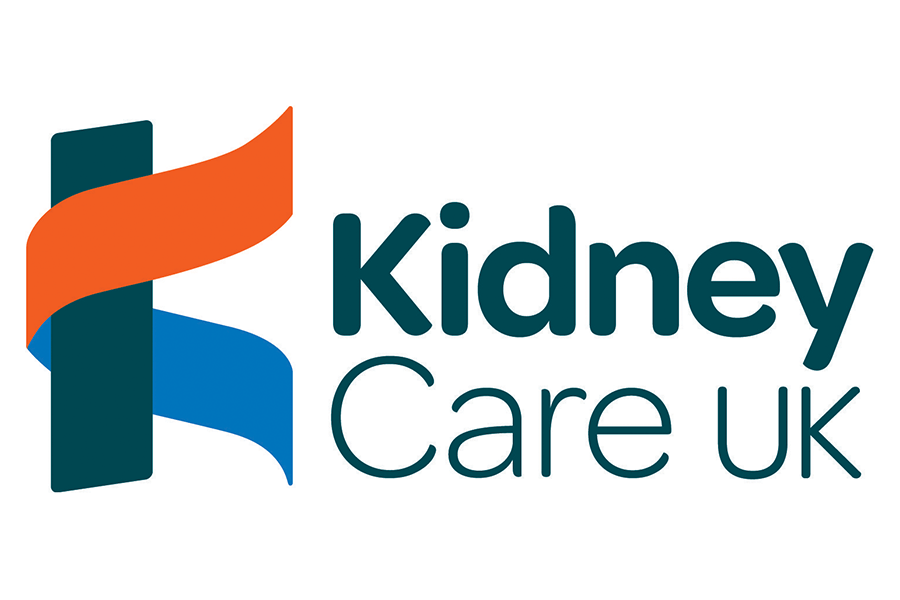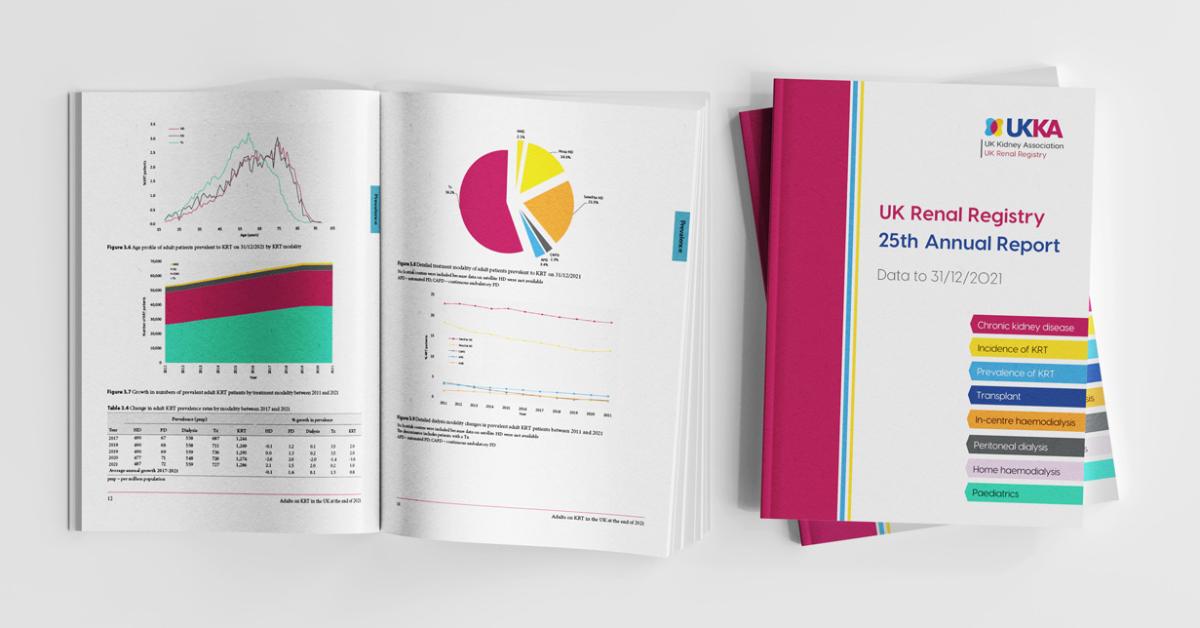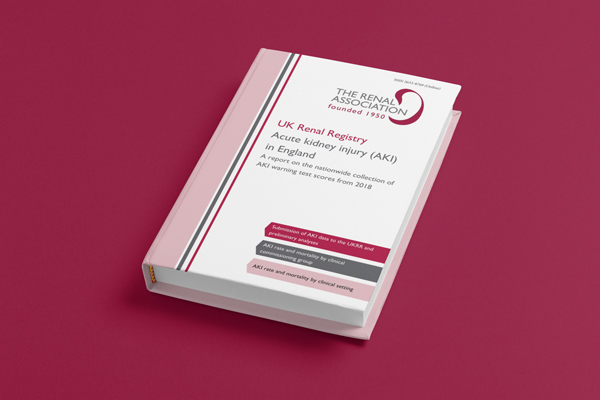The Story of my Lifeline
Maddy Warren, home haemodialysis
22nd September 2020
My fistula was created in 2004 following 5 excellent years on peritoneal dialysis (PD), a disastrous failed transplant attempt and a transition to haemodialysis (HD) as PD was no longer working too well. I was 19 and had just finished my A-Levels, with the plan for my gap year looking something like - have kidney transplant from my dad, recover for 6 months then travel around Australia and New Zealand for the other 6 months before taking up my place at Cambridge University. Instead, the transplant had other pretty dramatic ideas and I found myself having a fistula created around the time I should have been getting on a plane.
I already knew that I would be going onto home haemodialysis (HHD) as soon as I could, so I pushed to get my fistula done as fast as possible so I had time to learn to self-needle and self-care before transferring to the dialysis unit in Cambridge. The vein mapping had been a little worrying, as the only really decent vein was in my right arm and I am right-handed. I hazarded that it wouldn't be that difficult to learn to needle with my left hand so my right forearm fistula was created. I remember leaving the day-case unit with a whole leaflet listing things that I now shouldn't be doing, like carrying any shopping, training in the gym, wearing bracelets or letting it get cold. I must confess that I went horse riding a couple of weeks later and soon discovered that my arm wasn't quite as delicate or breakable as the leaflet had implied, and to be honest looking back, for me personally that advice was unhelpful and quite off putting.
It had a bit of a bumpy start, requiring a fistulaplasty before it was anywhere near big enough to be used, but I was eventually confidently needling myself although I must have blown my vein about a million times before I got the hang of it. It makes me laugh now to look back and think how it could take up to an hour to psych myself up and put in my needles ever so slowly and carefully with often multiple attempts, whereas now I can have them both in, fully taped and connected up within 5 minutes.
Fast forward 16 years - I am still using the same beautiful, heroic fistula. It does not have a single lump or bump on it because I have self-needled from the very start. Within the first few years of HHD I transitioned from daytime to nocturnal HHD, and my regime of 6-7 hours at least 5 nights per week means I never run my blood pump speed over 200ml/min and often run at 180 ml/min which gives very low and steady A & V pressures. I buttonhole using blunt needles, and the ease of buttonholing compared to the faff of rope laddering is just brilliant, totally painless and comfortable. I use sterilised sharp tweezers to remove the buttonhole scabs because the provided needle "pickers" are not helpful for me. I weight train regularly, ride horses and skydive without having to give a second thought to my access. I have developed my own solo needling and taping technique which means I feel totally at ease and able to sleep easily without worrying about my needles moving or coming out (I have a video showing me inserting the needles and taping here). I also have a fool proof single handed needle removal technique.
My fistula has had its moments over the years requiring further fistulaplasties for stenosis, and a few years ago it clotted and packed up completely. After much debating around the best course of action and some begging on my part that we try everything we could before giving up on it, a resection was attempted which turned out to be hugely successful. I was left with a strange numb section down towards my wrist and a new reinvigorated fistula which grew even further up my arm than before and which gave me several more years of perfect dialysis.
In 2019 I started noticing that it appeared to be growing a branching vein and I observed that my pressures on dialysis were fluctuating more than they used to. We began monitoring it through the vascular access (VA) clinic, and in early 2020 a scan showed that it had a significant stenosis again although my bloods were still fine. The intention had been to continue monitoring it regularly but obviously with COVID-19 things didn't quite go to plan. However, because my dialysis is always so brilliant, when I started to feel distinctly odd in July I came up with every possible reason why I might be under the weather - from overworking/over exercising, low blood sugar, lockdown stress to even contemplating whether maybe I had mild COVID-19 (!) - before I considered that maybe my dialysis wasn't working too well. It seems that even after 20+ years dialysing I still try to duck the realities of a high potassium and urea! But very high they were, and a scan showed my fistula was over 90% narrowed with goodness knows how much recirculation going on. I limped it along for a week doing 9 hours of dialysis every night (thank goodness for the flexibility of HHD) until I could come in for a last resort fistulaplasty, although there was a strong concern that this time it may not work and we had discussed the possibility that a new fistula would be imminent.
However, thanks to the speed with which this was organised by the awesome VA team and the superb skill of the Interventional Radiologists - my fistula has been saved YET AGAIN. For the first time I had a total nerve block rather than just local anaesthesia and it was amazing. Not only did I spend the whole day afterwards cracking up at my completely dead, floppy arm, but it was a painless and stress-free procedure. The surgeons gave me a running commentary about how healthy my fistula looked from the inside and I spent a lot of the procedure explaining to them the merits of HHD and why nocturnal HD is so good (they may have wished subsequently that they had knocked me out!). Best of all, I have a powerful thrill back now which I haven't really had since my fistula was first created back in 2004, and my A & V pressures on dialysis are back to being ultra low. The latest scan shows it has a flow of 1500ml/min, compared to 220 ml/min in the summer.
Overall, there are a few things that I am convinced have gone into preserving and maintaining my access so successfully for such a long time:
- The most important is without a doubt self-needling - I will never let anybody else near my fistula ever again
- The other aspect is the trust and communication between the renal and VA teams and me. They have always listened to and respected my views, acted quickly when I have concerns and discussed every possible option and outcome with me as an equal
- I was able to develop my own (safe) techniques for taping and needling without being told I had to follow a specific protocol, and my solution works perfectly for me
- I am also convinced that a regime of regular weight training and exercise has been far from a risk to my fistula, but instead has helped it to stay strong and healthy.
Another 16 years out of this fistula would be just fabulous but I will settle for having my party trick restored (when social distancing allows) as I like to offer people my buzzing arm to touch and see the confusion on their face as they try to work out what it is.







